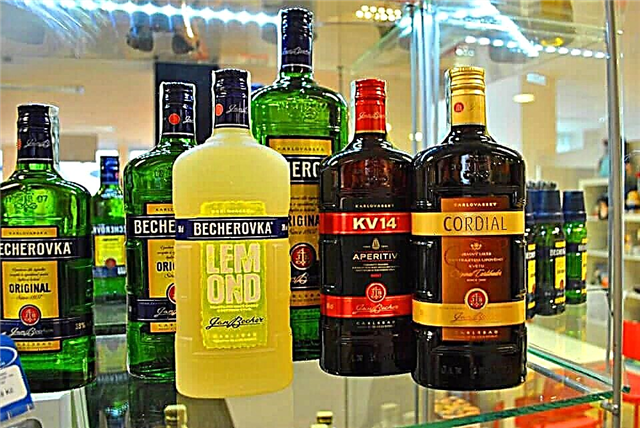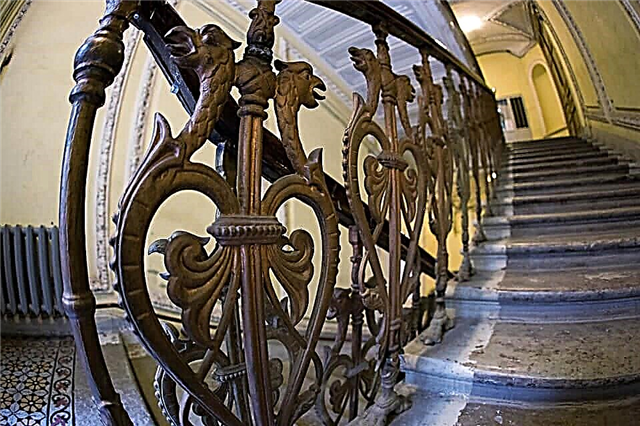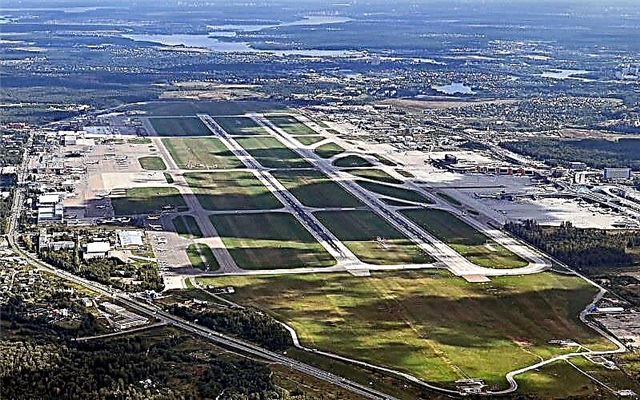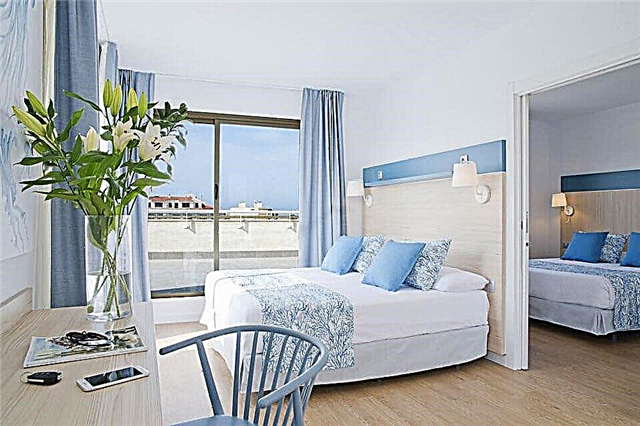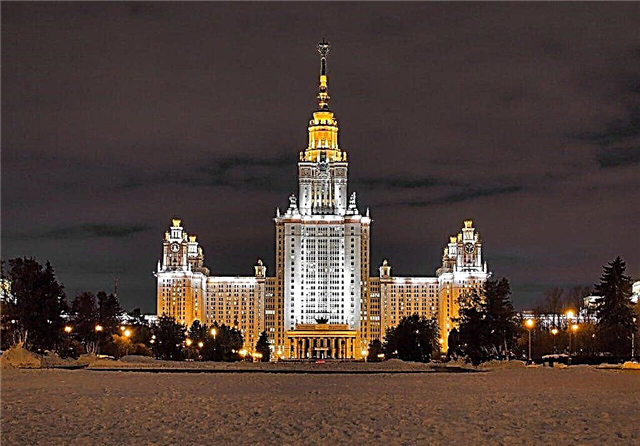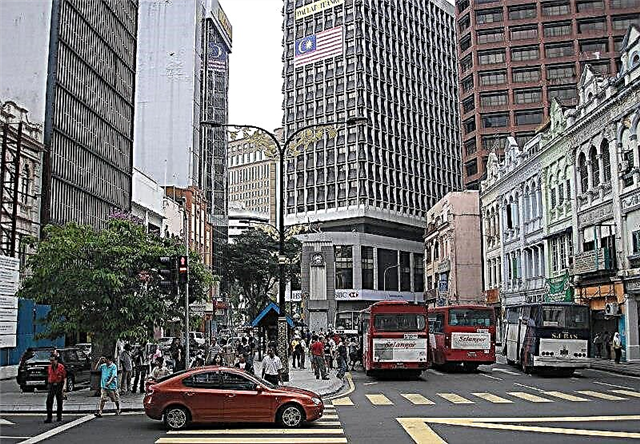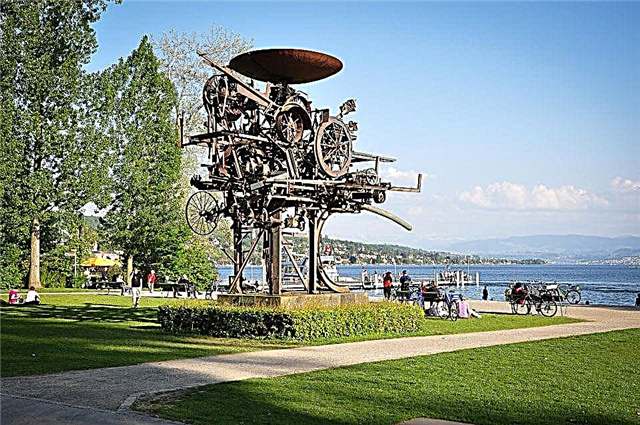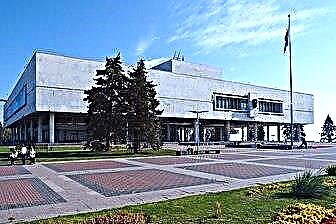Until 1924 Ulyanovsk was called Simbirsk. The city emerged in the 17th century as a border fortification on the banks of the Volga. The founder of the settlement is considered the boyar-voivode Bogdan Khitrovo, who arrived in these places by order of Tsar Alexei Mikhailovich. Before the Revolution, Simbirsk was an important cultural center - a provincial theater and libraries worked here. Since the end of the 18th century, the city developed at a high rate, construction was going on everywhere. Unfortunately, during a fire in 1864, most of the buildings burned down.
But the city gained true fame due to the fact that V.I.Lenin was born here. In 1924, Simbirsk was renamed Ulyanovsk in his honor. All the most significant sights, one way or another, refer to this famous revolutionary. The names of other historical figures are also associated with the city: the writer I.A.Goncharov and the historian N.M. Karamzin.

The best hotels and hotels at affordable prices.
from 500 rubles / day
What to see and where to go in Ulyanovsk?
The most interesting and beautiful places for walking. Photos and a short description.
Lenin memorial
The Lenin Memorial is a whole museum complex dedicated to V. Lenin (Ulyanov) and his family. Immediately after the Revolution, commemoration of the name of the leader of the world proletariat began with the installation of commemorative plaques. After his death, of course, they began to create a full-fledged memorial, but the real work began only in the 1960s. Today, the ensemble includes the Memorial Center with a museum, a concert hall, a house of political education, a square named after the 100th anniversary of the birth of V. Lenin and the Friendship of Peoples Park, which was abandoned in the 1990s.

Boulevard Novy Venets
A pedestrian alley abutting Lenin Square and located at the highest point of the city. The street offers an excellent view of the Volga and the Imperial Bridge, as well as some areas of Ulyanovsk. Until the end of the 18th century, the Kremlin was located on this site. The boulevard was finally built up by the 1960s; the construction of many buildings was associated with preparations for the celebration of the 100th anniversary of the birth of Lenin.

Square and monument to V. Lenin
Of course, the main square of the city bears the name of the main Russian revolutionary. Until 1918, it was called Cathedral, as it housed two cathedrals that were completely destroyed after the Revolution. The square is a fairly wide space in front of the Government House. In the middle there is a familiar monument to V. Lenin on a high pedestal made of pink granite.

Square of the 30th anniversary of Victory
Memorial square, built in 1975 in honor of the Victory anniversary. It is made in the form of a two-level platform, in the middle of which there is a 47-meter obelisk topped with a star. The Eternal Flame is burning in front of the stele, and a sculptural group depicting Soviet soldiers is placed on the side. The space is also a viewing platform from where you can admire the endless water surface.

Monument to Nikolai Karamzin
A monument of the middle of the 19th century, dedicated to the great Russian historian and writer N. Karamzin, a native of the Simbirsk province. It was erected on the initiative of local nobles, who submitted a petition to Nicholas I to start collecting funds for construction. Contrary to expectations, the central sculpture of the composition is the figure of the muse of history, Cleo, standing on a pedestal. The bust of Karamzin is located in the round niche of the pedestal.

Monument to Bogdan Khitrovo
B. Khitrovo is the founder of Ulyanovsk. A monument in his honor was erected in 2008 on Lenin Square. The sculptural composition consists of an equestrian statue of the voivode himself and a man-warrior standing next to him with a banner depicting the face of the Savior Not Made by Hands. The opening of the monument was timed to coincide with the 360th anniversary of Ulyanovsk. Surprisingly, earlier, for several centuries, the city authorities did not come up with the idea of perpetuating the image of their "father".

Monument to the letter "e"
The monument, which can be called an object of contemporary art, appeared in Ulyanovsk in 2005. The idea of creating a composition arose in 1997 from the Ulyanovsk historians, who noted the appearance of the letter "ё" in the Russian language. The project was created by one of the authors of the idea - local artist A. Zinin. The letter is placed on a triangular granite prism weighing more than 3 tons, placed in the middle of a flower bed.

Spaso-Ascension Cathedral
An Orthodox church in the Baroque style, built in the 2000s to replace the demolished Ascension Cathedral (albeit in a different place, so as not to disturb the existing architectural ensemble of the city). The new structure was recreated from photographs, since the drawings were lost. Due to economic crises and poor funding, the work continued for more than a dozen years; the temple was officially consecrated only in 2015.

Civil Aviation History Museum
The museum is located near the airport and belongs to the local aviation school. In addition to aircraft that are in good working order and constitute an open exhibition, there are special simulators used for training pilots. Among the exhibits, there are quite rare specimens produced almost in the singular.
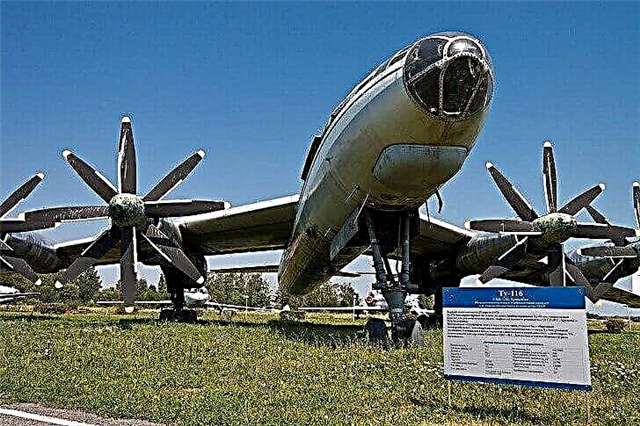
House-monument to I. Goncharov
I. Goncharov - writer and critic was born in Simbirsk. A memorial house in his honor was built in 1918. The revolution changed the plans for the use of the building, and the Simbirsk Proletarian University was placed on its territory along with the museum exposition. Today the premises are occupied by the collections of the Ulyanovsk Regional Art Museum and the Ulyanovsk Regional Museum of Local Lore named after I. Goncharov.

Historical and Memorial Center-Museum of I. Goncharov
The museum was opened in 2012 in the house where I. Goncharov once lived. The exposition occupies all three floors of the spacious building. A separate room is dedicated to the history of the mansion itself, in the remaining rooms there are thematic expositions related to the personality of I. Goncharov and his family. There are also halls that house historical collections and a collection of merchant household items. The tower of the building houses the Museum of the History of the Simbirsk City Clock.

House-Museum of V. Lenin
The exposition is located on the territory of a wooden estate - a city architectural monument that belonged to the Ulyanov family at the end of the 19th century. Lenin spent his childhood and youth here. In 1923, it was turned into a museum named after the leader; a few years later, the building was carefully restored. Descendants of Vladimir Ilyich took an active part in the formation of the exposition.

Secret apartment of the Simbirsk group of the RSDLP
The secret meeting place of the members of the RSDLP was on the territory of the house of the grocery merchant V. Orlov. The wooden building was built in 1904. During the active activity of the cell in the rooms and on the mezzanine, hiding places were set up for storing documents and prohibited literature. From 1917 to the 1960s, the building belonged to a private person. The museum exhibition opened in 1974.

Museum "Simbirsk Classical Gymnasium"
The museum exposition is devoted to the history of the development of education in the Russian Empire, in general, and in the Simbirsk province in particular. It is located in a former gymnasium, from which V. Ulyanov came out at one time. Inside, the atmosphere of the 19th century has been recreated: the interiors of classrooms, halls, dressing room, gym (physical office) have been restored. The building in which the museum is located was erected in 1790, in 1883 a brick wing was added to it.

Museum "Simbirsk merchants"
The collection tells about the history of the formation of the merchant class, as well as its life and traditions. It consists of two parts: on the ground floor there are rooms for temporary exhibitions, on the second there is a permanent one, consisting of models of merchant mansions, household items and decor typical for a merchant's house. Since 2006, the museum has been located inside a former trading shop, which is part of a large estate.

Museum "Small shop"
In the middle of the 19th century in Ulyanovsk there was a shop called "Melochnaya Lavka", where they sold groceries, small dishes, soap, candles, threads, lamps and other props necessary for the household. In 2002, on the territory of the former shop, a museum of the same name was opened with a collection made up of exactly the same items. While viewing the exposition, visitors are immersed in the atmosphere of a private store from Tsarist times.

Museum "Simbirsk photography"
The museum is housed in a manor house, where a photo studio was located in 1904. The building is a wooden mansion with Art Nouveau elements. Inside, the interior of the photography salon of the early 20th century has been recreated. The exhibits are old photographs made by Simbirsk masters, rare devices with which the shooting was carried out, as well as background decorations and antique furniture.
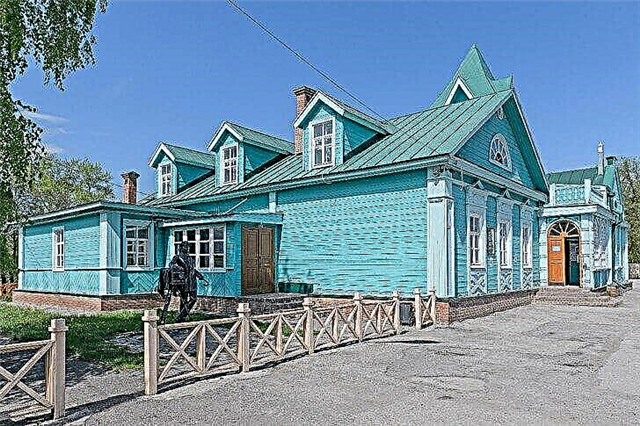
Museum "Fire Department of Simbirsk-Ulyanovsk"
The exposition is located on the territory of the building, which has been occupied by the city fire brigade since the 19th century. The museum was opened in 1979 after the restoration of the building. The collection consists of pre-revolutionary and Soviet sections, where exhibits of the corresponding periods are placed. In the central part there is a diorama depicting a fire in Simbirsk in 1864.

Ulyanovsk Drama Theater
The first theater stage was opened in the city in 1879. The professionalism of the troupe was so high that the theater was considered one of the best in the provinces of the Russian Empire. The historical building has not survived, today the performances are held on the territory of the Soviet era structure, built in the style of laconic constructivism with features characteristic of this style: the absence of decorative elements and strict rectangular shapes.

Ulyanovsk Puppet Theater
The stage was founded in 1944 and began work under the direction of the artists of the Moscow Operetta Theater. Her repertoire consists of performances aimed at different age groups, although the main audience is children. The performances are based on the plots of Russian folk tales and works of classical authors. There are also modern plays based on the works of young playwrights.

Alexander Park
The park is located on the territory of the new Zasviyazhsky district. It is a classic walking area with alleys, lawns, benches, fountains and gazebos. The trees in the park are still small, as they were planted relatively recently. In the center there is an artificial reservoir: in summer on its shore you can sunbathe, and in winter - skate on the frozen water surface.

Vinnovskaya Grove
A unique natural monument, which is a part of a relict grove, mainly consisting of lindens and oaks (in total, more than 280 species grow on the territory of the zone). The forest was miraculously preserved, somehow avoiding complete destruction during the mass development of the city. In 1961, the grove was declared a protected area and assigned the corresponding status.

Imperial bridge
The road and railway bridge across the Volga is more than 2 km long. It was built in 1916. At that time, it was only adapted for railway traffic. In the 1950s, the road was completed. In the 2000s, a major reconstruction of the structure was carried out, which lasted for seven years. The movement of pedestrians across the bridge is prohibited.

Presidential bridge
A bridge over the Kuibyshev reservoir, built in 2009 as part of the state program to modernize the country's transport system. Its length is about 6 km., Together with the passage - about 12 km. It was erected to unload roads and provide service to the Ulyanovsk transport hub. The structure is the longest bridge in Russia and one of the longest in Europe.

Volga river (Kuibyshev reservoir)
The largest artificial reservoir on the Volga, which appeared in the 1950s. The reservoir is 500 km long, with a maximum width of 44 km. Its powerful water resources are used to generate electricity. Due to its gigantic size, it significantly affected the Volga itself, changing the flow regime and launching the processes of coastal washout. The Kuibyshev reservoir is home to many species of fish, which attracts fishing enthusiasts to its shores.


